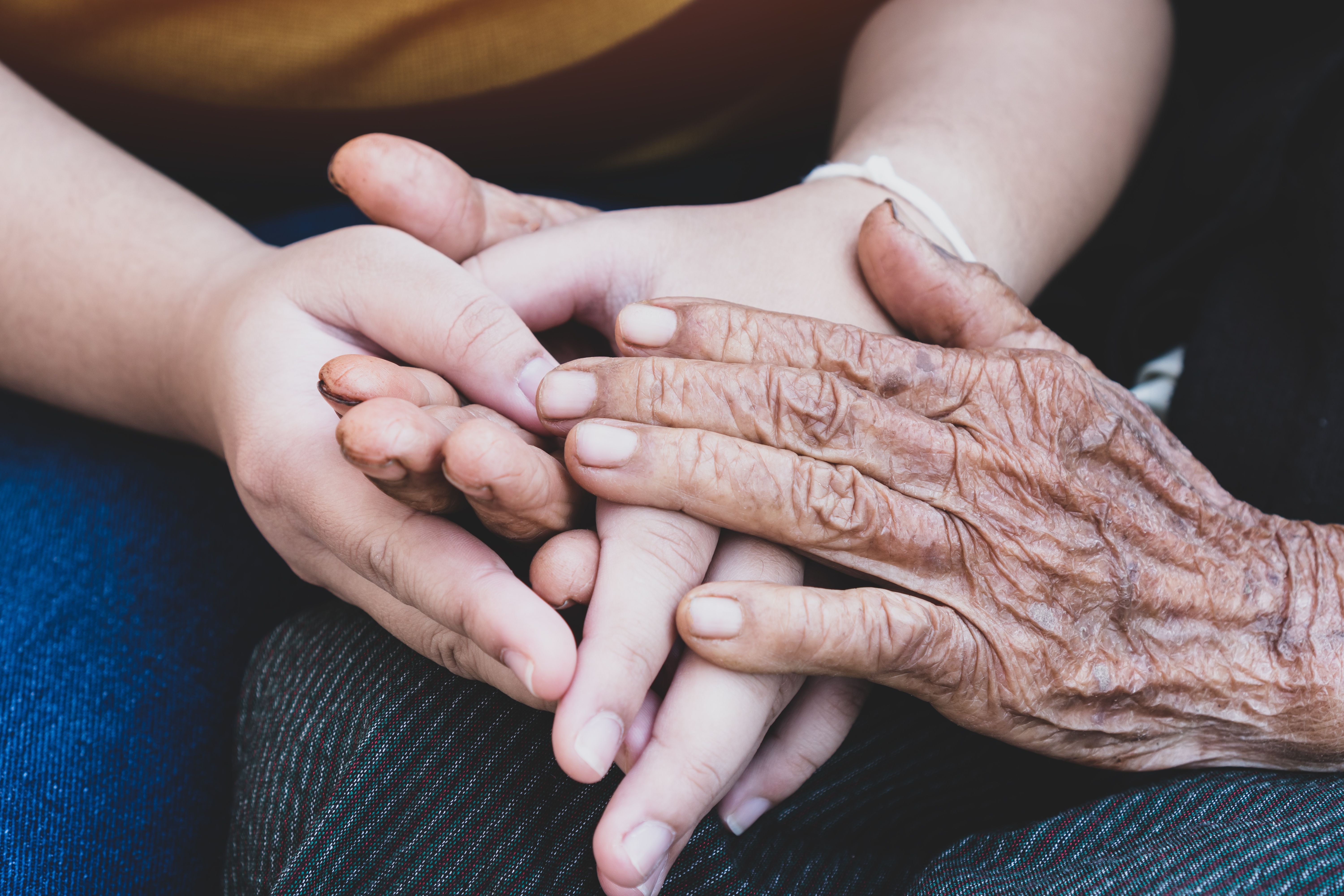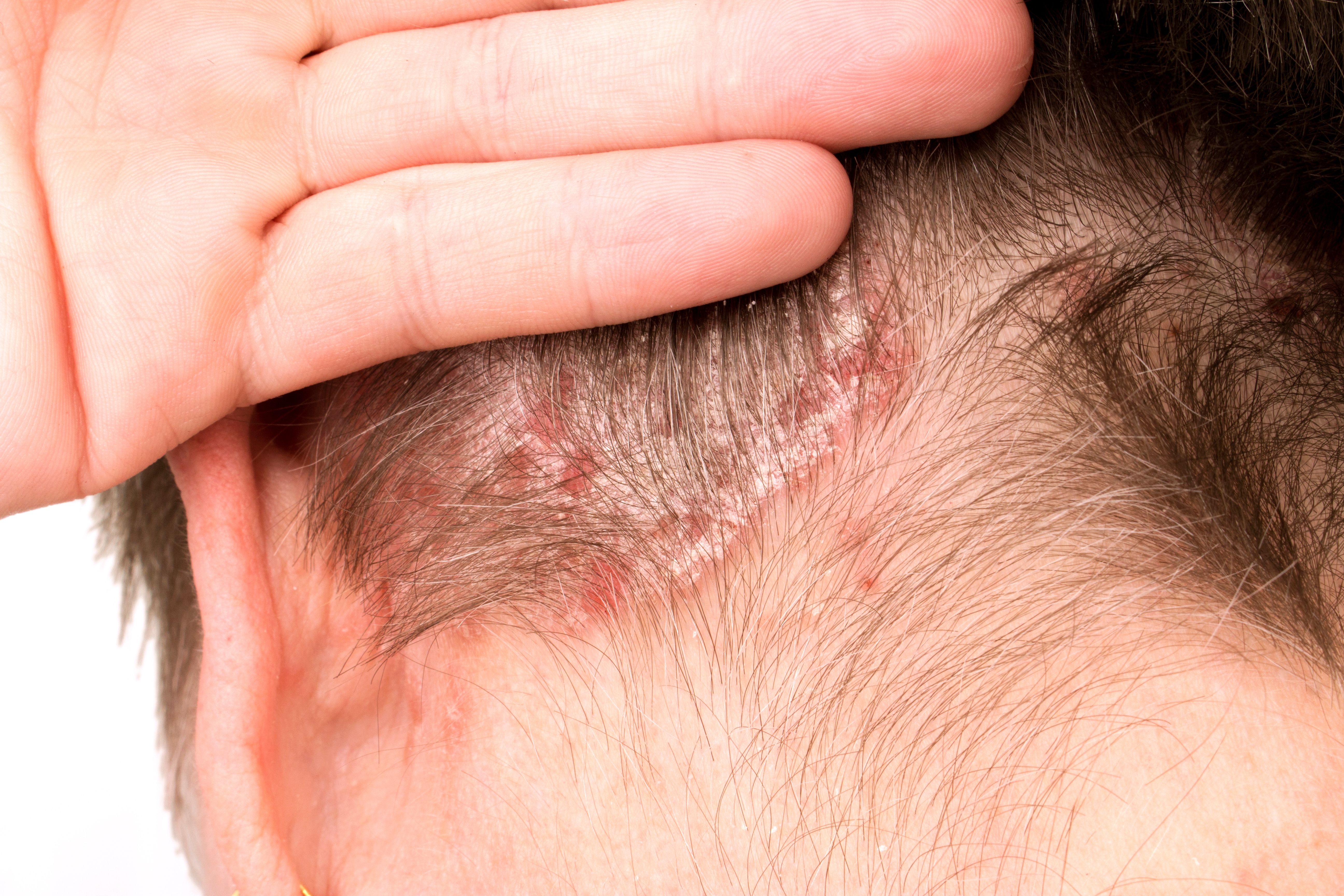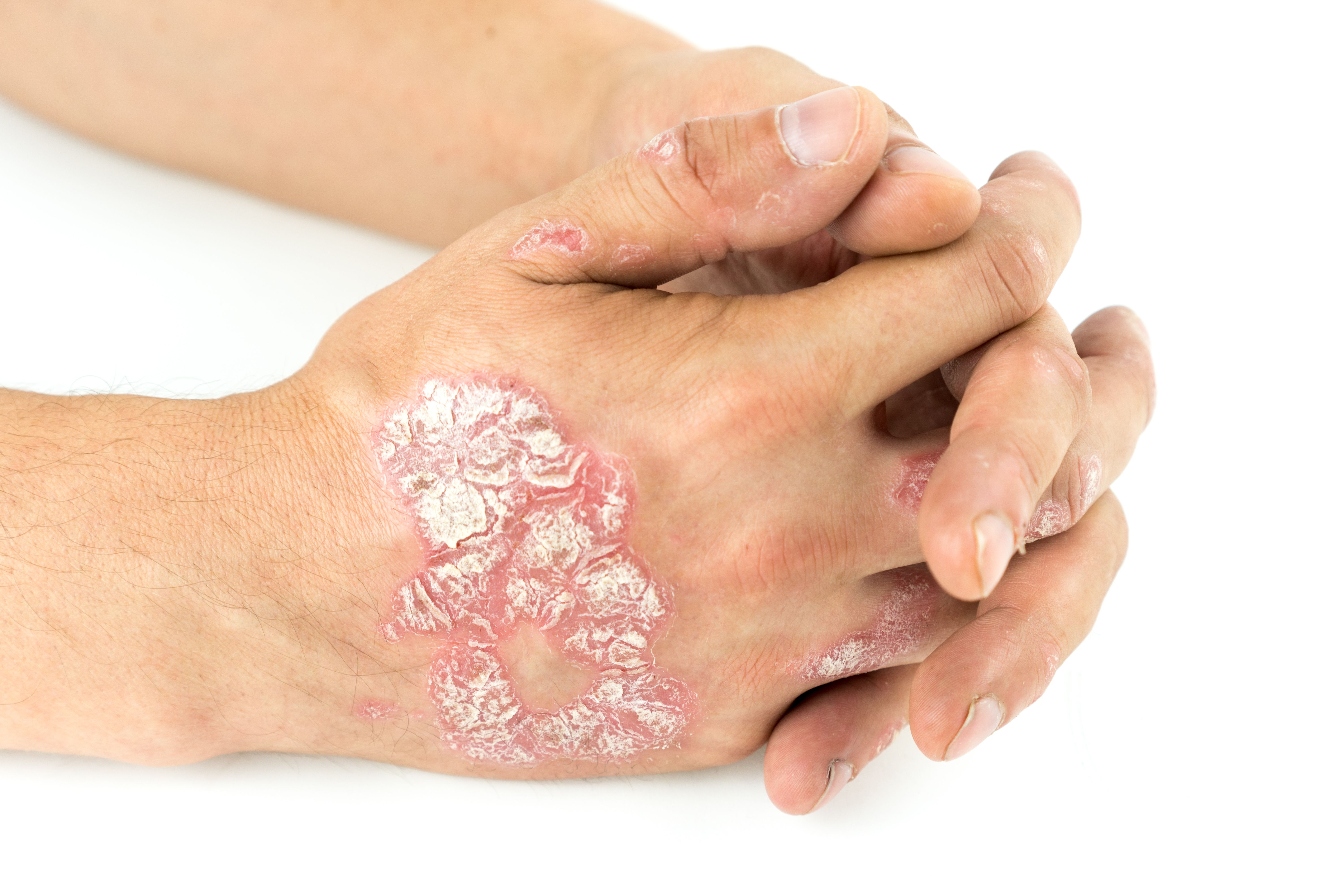News
Article
Alopecia Treatment With Autologous Fat Grafting Shows Promise
Author(s):
Autologous fat grafting offers hope for patients with alopecia, especially those with scarring, by reducing inflammation and stimulating hair growth.
Autologous fat grafting offers hope for patients with alopecia, especially those with scarring, by reducing inflammation and stimulating hair growth. | Image Credit: Zhanna - stock.adobe.com

Autologous fat grafting is a potentially effective modality for treating alopecia, especially for primary and secondary cicatricial alopecia (CCCA). This treatment can control inflammatory processes, improve signs and symptoms, and increase hair density and diameter, according to a review study published in theJournal of Cosmetic Dermatology.1
Patients with alopecia are either diagnosed with scarring (cicatricial) or non-scarring subtypes, typically determining the method of treatment they should seek. Unlike CCCA, the non-scarring subtype is reversible because the hair follicles are preserved.
Common types of non-scarring alopecia include androgenetic alopecia (AGA), alopecia areata (AA), telogen effluvium, anagen effluvium, traction alopecia, trichotillomania, and alopecia syphilitica.
Alternatively, CCCA destroys the hair follicles and their subsequent replacement with fibrosis through inflammatory processes, making the hair loss irreversible. Primary CCCA is when permanent portions of the hair follicles are affected and destroyed by inflammation. Secondary CCCA is considered a bystander to the illness process rather than the primary target.
Based on the unclear epidemiology of alopecia, alternative therapies and novel therapeutic approaches are always sought. For example, human adipose tissue is a rich source of stem cells and multiple growth factors that have been widely used for cosmetic purposes, like facial rejuvenation and volumization.
Adipose-derived regenerative cells are a diverse population of cells, including stem cells, derived from adipose tissue. These cells possess regenerative properties, such as promoting blood vessel growth and inhibiting cell death, which contribute to wound repair.2
The promising results of adipose tissue injection for treating alopecia without the systemic adverse effects (AEs) that leads to hair regrowth and subsides the inflammatory process prompted the study review to evaluate the effect of autologous adipose tissue injection treatment of different types of alopecia.
The study review utilized publications through online databases from inception until September 1, 2023, and categorized data as either scarring or non-scarring cases.
Scarring Alopecia
One study included a case series of 9 patients with lichen planopilaris (LPP)–induced alopecia and revealed the significant efficacy of autologous adipose tissue transfer after 1 session. Both hair density and diameter were improved with treatment, along with LPP-induced inflammation, scaling, scalp, and perifollicular erythema.
The review found various studies where fat transfer offered huge potential in hair generation because patients experienced hair regrowth in the peripheral area and diminished new folliculitis formation.
Some of the studies focused on the effect of autologous adipose tissue injection in a range of clinical conditions. For instance, posttraumatic alopecia showed considerable benefit in hair regrowth after adipose tissue injection. This was also found to be the easiest and safest approach to a source of mesenchymal stem cells, which is likely the main cause of hair regeneration in the treatment.
In another study, patients displayed effectiveness from autologous fat grafting for treating scars and trauma-induced alopecia by combining mustache transplantation and autologous fat grafting to camouflage post-surgical cleft lip scar. After a facelift surgery was accompanied by autologous fat grafting in both cheeks, one patient experienced hirsutism, extra hair growth often around the mouth and chin.3 One month after surgery, excess hair growth was observed on both cheeks.1
The review found a therapeutic effect of adipose tissue-derived stem cells based on their ability to promote vasomotor tone, microvascular perfusion, vascular repair, and angiogenesis. Autologous fat grafting can be considered a potential treatment alone or combined with other modalities for individuals suffering from scleroderma,1 also known as systemic sclerosis.4
Non-scarring Alopecia
The studies included in the review found autologous fat grafting to be an effective treatment for non-scarring alopecia.1 Patients with autologous fat grafting expressed desirable hair regeneration after autologous adipose tissue injection. Hair regrowth was also examined among a patient with alopecia universalis after 6 months of autologous fat grafting treatment. Additionally, alopecia areata showed effectiveness following autologous fat grafting.
There were improvements in the atrophic scar, originally caused by unsuccessful treatment with triamcinolone acetonide injection, 3 months after the lipofilling. The reviewed studies ruled autologous fat grafting could be a beneficial treatment for non-scarring alopecia.
Safety, Treatment Response
AEs were mild, typically including self-limiting bruising, small hematoma, mild to moderate pain at the site of liposuction, and mild to moderate burning and pain at the injection site. The different autologous fat grafting methods in the studies can assist with explaining the outcome.
The study compared 3 types of fat-processing techniques1:
- Decantation is a fat processing technique that allows the lipoaspirate to settle into its 3 phases of oil, fat, and aqueous with time. Afterwards, the oil aqueous layers are discarded while the fat layer is extracted for injection.5
- Washing is typically performed through a closed system that is not mutually exclusive and can be performed together or individually. The goal of washing is to eliminate contaminants like oil, debris, and nonviable components while obtaining the highest concentration of viable adipose-derived stem cells and adipocytes possible.5
- Centrifugation is another fat processing technique that entails the separation of lipoaspirate components through centrifugation at high speeds.5
The percentage of intact nucleated adipocytes were remarkably higher in decanted lipoaspirates, while centrifuged samples contained more altered adipocytes.1
Overall, washing was found to be the best method for processing adipose tissue graft based on its ability to maintain adipocyte integrity and number, remove blood contaminants, and contain many endothelial cells, and mesenchymal stem cells.
Future studies should focus on investigating the volume of the injected fat, the detail of the procedures, and the number of sessions that can affect the treatment response, the authors suggested.
Limitations
Study limitations include a lack of comprehensive evidence on alopecia treatment options, particularly for scarring subtypes. The study focused solely on autologous fat grafting for AGA, excluding its potential efficacy for other alopecia types. Additionally, geographic variations in treatment outcomes were not assessed. Future research should investigate optimal fat harvesting, processing, and injection techniques to improve patient outcomes.
“AT [adipose tissue] injection can significantly control inflammatory processes, decrease signs and symptoms, including the scalp and perifollicular erythema, scaling, and hair-pull test score, and increase hair density and diameter,” the study authors concluded.
References
1. Sadeghi S, Ghane Y, Hajizadeh N, Goodarzi A. Autologous adipose tissue injection in the treatment of alopecia: a mini-review. J Cosmet Dermatol. 2024;23(3):758-765. doi:10.1111/jocd.16081
2. NCI drug dictionary: adipose-derived regenerative cells. National Cancer Institute. 2024. Accessed August 8, 2024. https://www.cancer.gov/publications/dictionaries/cancer-drug/def/adipose-derived-regenerative-cells
3. Hirsutism. Mayo Clinic. October 12, 2021. Accessed August 9, 2024. https://www.mayoclinic.org/diseases-conditions/hirsutism/symptoms-causes/syc-20354935
4. Scleroderma. Mayo Clinic. June 15, 2024. Accessed August 9, 2024. https://www.mayoclinic.org/diseases-conditions/scleroderma/symptoms-causes/syc-20351952
5. Xue EY, Narvaez L, Chu CK, Hanson SE. Fat processing techniques. Semin Plast Surg. 2020;34(1):11-16. doi:10.1055/s-0039-3402052





